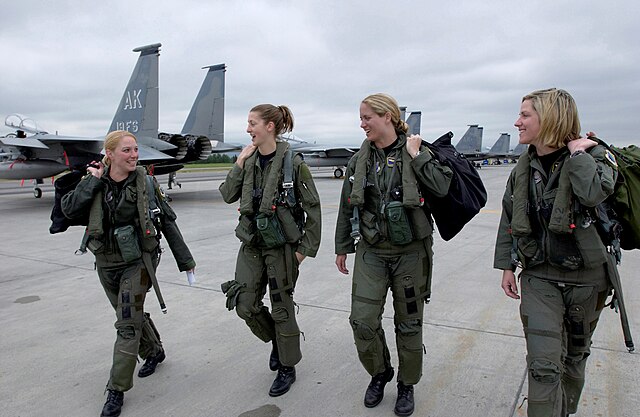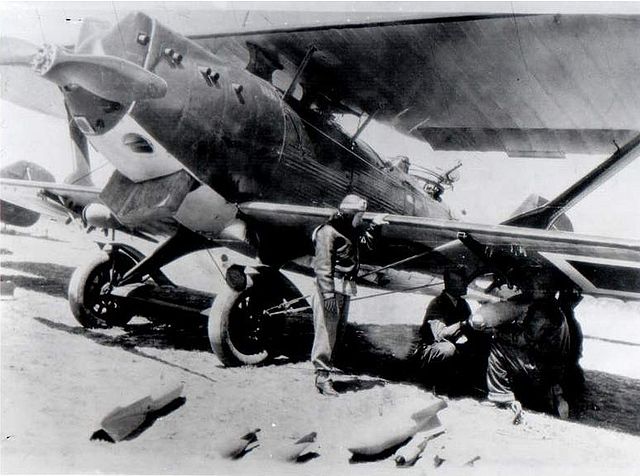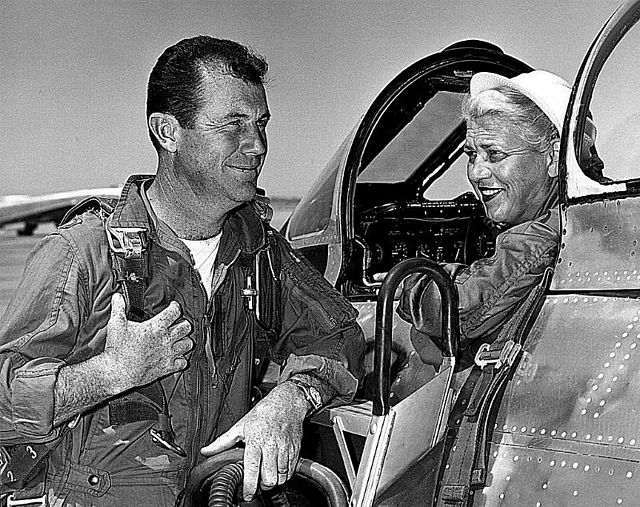Lieutenant Junior Grade Tetsuzō Iwamoto was one of the top scoring aces among Imperial Japanese Navy Air Service (IJNAS) fighter pilots. He entered the Imperial Navy in 1934 and completed pilot training in December 1936. His first combat occurred over China in early 1938. He emerged as one of the top aces of the Imperial Japan during World War II, credited with at least 80 aerial victories, including 14 victories in China. Subsequently, he flew Zeros from the aircraft carrier Zuikaku from December 1941 to May 1942, including at the Battle of the Coral Sea. Iwamoto decorated his planes with victory markings of cherry blossom flowers, with a single or double blossom flower referring to a shot down enemy fighter or bomber aircraft respectively.
Tetsuzō Iwamoto
A fighter pilot or combat pilot is a military aviator trained to engage in air-to-air combat, air-to-ground combat and sometimes electronic warfare while in the cockpit of a fighter aircraft. Fighter pilots undergo specialized training in aerial warfare and dogfighting. A fighter pilot with at least five air-to-air kills becomes known as an ace.
Ilmari Juutilainen, a Finnish WWII fighter pilot with Brewster BW-364 "Orange 4" on 26 June 1942 during the Continuation War.
USAF fighter pilots heading to their jets before takeoff (2006)
Sabiha Gökçen in front of a Breguet 19. circa 1937.
Cochran in her record-setting F-86, talking with Charles E. Yeager





